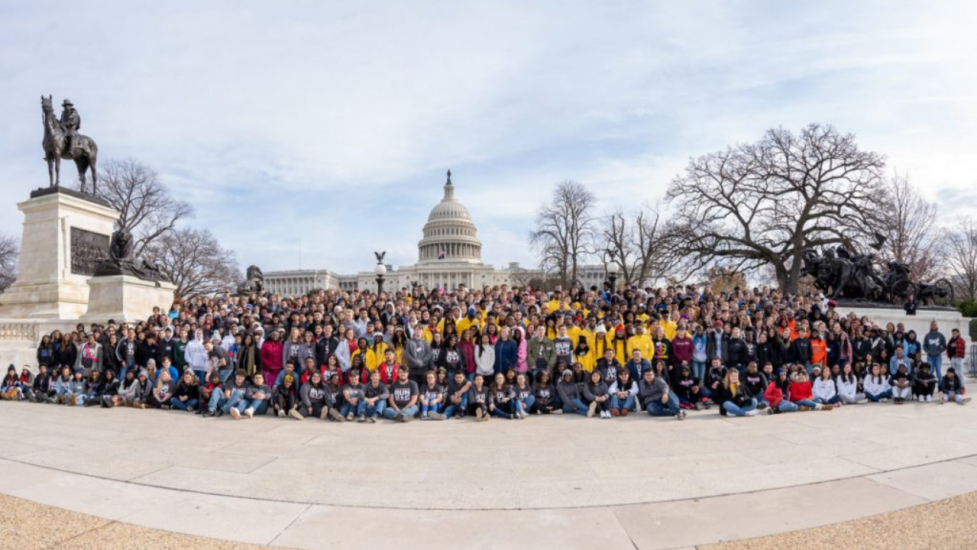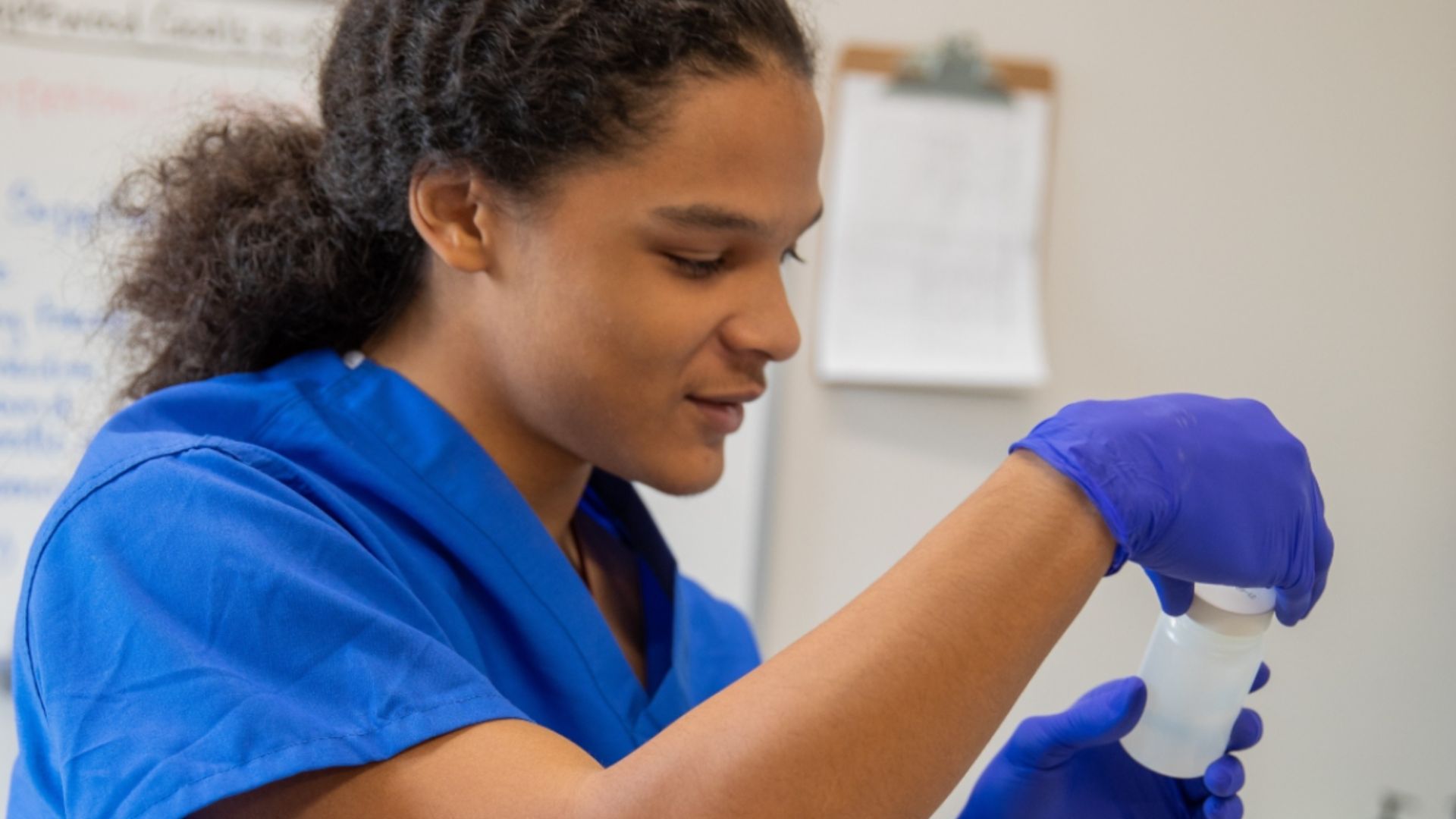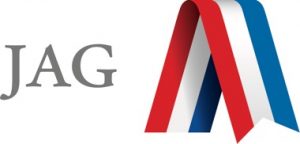
“We’re the best kept secret,” says Kenneth M. Smith, president and CEO of Jobs for America’s Graduates (JAG). It’s a 40-year-old “secret” that serves tens of thousands of at-risk youths with great promise each year, teaching them in-demand workplace skills that are helping them find a path to a steady job.
“JAG was purpose-built in Delaware, which at the time had the highest youth unemployment rate and the second highest dropout rate in the country. It had enormous student disengagement and learning loss occurring,” explains Smith. “Companies were saying, ‘We’re leaving. The schools are lousy. Young people are not ready. Our families don’t want their kids to go to schools here.’”
Smith helped then-Gov. Pete du Pont create and implement JAG. “We aimed it at the lowest performing 40% of the high school and middle school populations, the ones that clearly were the least-likely to succeed in school and we built an intervention.”

Today, there are 1,550 JAG locations in 40 states serving 76,000 students each year. Of the current sites, most are high schools. Another 160 are middle schools and 126 locations are geared towards young adults who did not complete high school.
JAG works very closely with school personnel to identify students who are at-risk, says Smith. “The great news is they are also young people with great promise. Once you can give them this kind of opportunity, you get the results.”
The program is offered as an elective in the local schools by JAG specialists and is designed to equip students with skills employers want, as well help them explore different career opportunities.
“We have 37 employability skills, all of which come directly from employers—showing up for work on time, communication skills, telephone skills, customer service skills, math, teamwork, project management. We do that through a project-based learning approach, which means we’re taking real-world business problems, and we’re trying to solve them in ways that then allow these young people to master those competencies.”
Smith notes that the organization’s involvement with students doesn’t stop when high school ends. “We spend a full year after they graduate to be sure they successfully get jobs and get a raise or a promotion in that year. If they go to postsecondary education, then we want to get through that crucial first year, because 70% of all the people that drop out of college, drop out in the first year.”
Engaging state leaders is the strategy that has led to the growth of the JAG program across the country. “We set out to create relationships with governors and persuade them that this is the kind of thing they should do,” says Smith. The funding for local programs can come from different sources with the states leading the way, according to Smith. “It’s usually a combination of state money matching local school, workforce investment board, and sometimes private sector money. That’s usually a mixture, but it’s typically driven by state funding. It is very much state-driven with local matching resources.”
To date, some 1.5 million young people have been served with never less than a 90% graduation rate, according to Smith. He is especially proud that, despite the effects of the pandemic, the recent graduation rate was 96.8%.
JAG Indiana
“The whole key for us is we want the students to be able to find success, whatever that looks like for them,” says Christine Shaffer, a former JAG specialist, who is now the manager of professional development for JAG Indiana under the Department of Workforce Development.
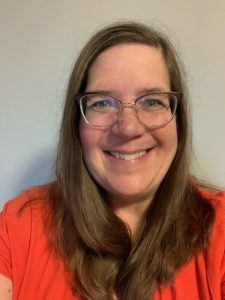
Shaffer says there are 130 JAG sites in the state with about 40 students per site where, ideally, they join the program as juniors.
With firsthand experience as a specialist, Shaffer says, “Some of the JAG specialist’s job is academic remediation. We have a lot of youth that have deficiencies in their GPA and need a boost or they’re not able to pass a certain class.”
In addition to teaching the 37 competencies, learning about real-world jobs is critical, according to Shaffer. “Employer engagement is absolutely huge in helping students figure out their career paths. It might be we have guest speakers that come into the classroom to talk about their career or their industry,” explains Shaffer.
“These people talking about what they do—the good, the bad, the ugly of what their jobs are—and then maybe being able to have those students job shadow or even provide them some type of a work or volunteer experience, really helps these kids understand what that job is.”
On the Path to a Career in Medicine
Keynan Kennedy was in JAG all four years while at McCormick High School in McCormick, South Carolina. The school—while small, with about 200 students—has approximately 25% student participation in JAG.
Kennedy says he continued in JAG year-after-year because he liked learning about networking, interviewing skills, how to job search, public speaking, as well as hearing from guest speakers about their careers.

Throughout high school, Kennedy was in a summer program at Augusta University Medical Center, about 45 minutes from his home. He says the teen volunteers heard from doctors and hospital administrators about their jobs, while being assigned a variety of tasks to complete.
“I helped nurses with paperwork. I did rounds where I asked patients, ‘How are they doing today? Are there any family members that are coming to visit you?’ Also, in my department, I had the opportunity to take things to the lab. And I actually watched a live surgery.”
Kennedy also had the opportunity to attend the Congress of Future Medical Leaders at Harvard University, further reinforcing his career goals.
While in high school, JAG helped Kennedy dual enroll at Piedmont Technical College, so he entered the University of South Carolina this year as a sophomore. He is on a pre-med track, majoring in biology and minoring in neuroscience. At this moment, Kennedy says he’s interested in pediatric neurosurgery.
Kennedy is giving back by making time to talk to JAG students from his high school alma mater. “A lot of people, especially seniors in high school, come to me and ask a lot of questions about college. How did I apply to colleges and how did I get scholarships?”
JAG Experience Comes Full Circle
Before she was a corporate commissioner with the Arizona Corporation Commission, Anna Tovar was a JAG student at Tolleson Union High School.
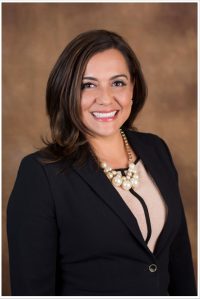
During her junior year, Tovar says her school’s JAG specialist asked her if she’d like to join. “That was probably the first educator who ever asked me, ‘You want to join something?’ At that time, I thought, ‘I want to give it a whirl.’ I think the selling part was, ‘Your friends will be in the class.’”
“It was what I needed at the time, because I probably would have considered myself at-risk.” Also active in sports, Tovar calls that and JAG her “saving graces.”
“It opened up this whole different world for me. Knowing who I was as a young adolescent, and at the same time, knowing I could essentially be wherever I wanted to be. Not have barriers or limitations hold me from pursuing my dreams and goals.”
Tovar says growing up, her parents encouraged her to pursue a postsecondary education. Because they did not have higher ed experiences, Tovar says they were not able to help her navigate that pathway. “My dad immigrated from Mexico. My mom was born here and she went up to the eighth grade. They said, ‘You should aspire to go to college,’ but since they didn’t have the background, they weren’t telling me how to get there or give me the tools.”
With her current commissioner role dealing with public utilities, Tovar describes her first high school internship as “a full circle moment.” After her junior year, she had a paid summer internship with Salt River Project, a utility company. “I shadowed an engineer. He went to all the different substations. It exposed me to the workplace.”
Because of JAG, Tovar says she understood the importance of showing up on time, being assertive, and being a team player. “Things that we would study were actually happening in front of my eyes. It was like, ‘Okay, I get it.’ It snapped.”
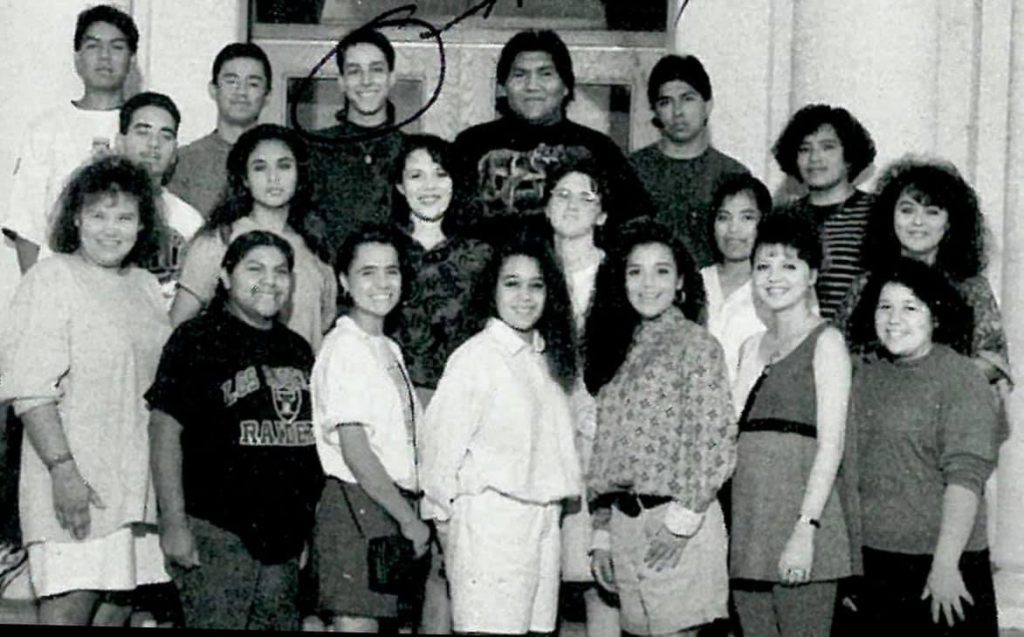
Tovar went on to attend Estrella Mountain Community College and then, Arizona State University.
Prior to her current position, Tovar has had a long history of public service, working as a schoolteacher and serving on the Tolleson City Council, as well as vice mayor and then later, mayor. She also served at the state level in both the House and the Senate.
And to this day, Tovar is still in touch with her high school JAG specialist who now leads the program in Arizona. The advice from her specialist has stayed with her through the years. “’Find your career. Find a job that you’re passionate about because you’ll never feel that you’re working. It’s always going to be so beneficial to you.’”

